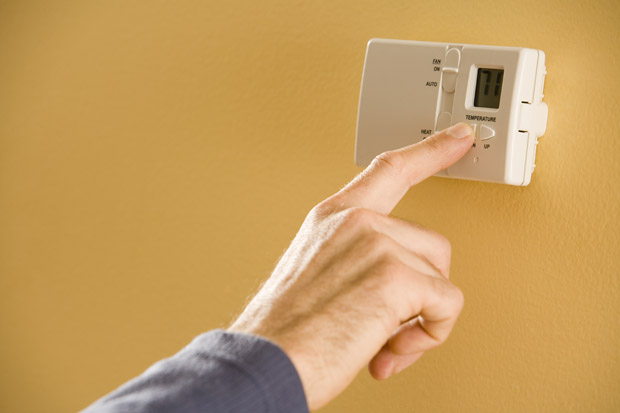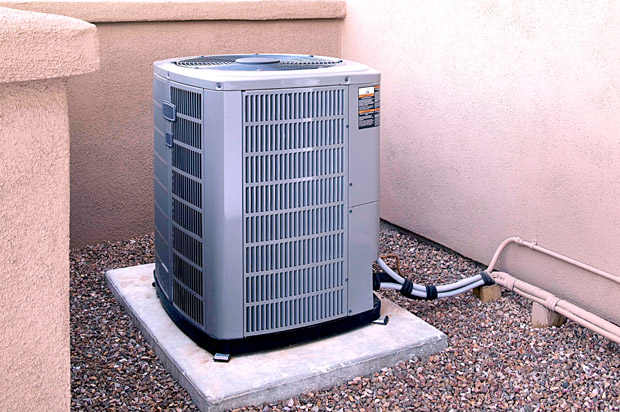A better method to cooling down
When my family and I first moved into our home, back in May, we were pleasantly surprised at how much cooler the climate was up the hill. We slept with the windows open and the fans on, never needing to turn on our A/C. Fast forward a couple of months, and our electric bill has climbed hundreds of dollars as we crank the A/C nearly 24/7.
We have done our best to implement energy-saving measures, such as signing up for Hawaiian Electric Co.’s Time of Use program, turning our water heater temperature down, consolidating dishwasher loads and laundry loads, among other things. Yet, it is not enough.
It seems that our split A/C unit is the biggest culprit. I switch it to Econo Cool mode whenever possible, but this is not enough. While playing around with the settings and exploring the manual, it finally dawned on me: There is a better way.
Humidity and discomfort go hand in hand. Outside, when the temperatures are in the 80s, as they usually are, it is the humidity that decides whether it is a pleasant day or not. Therefore, the same logic applies to the home. If you can cut down on the humidity, you might be able to stay comfortable.
The Dry mode of your A/C unit functions similarly to a dehumidifier in that its main purpose is to remove moisture from the room. In this mode, the fan runs on low, and the compressor turns on for short durations just to remove excess humidity. Because of this, the unit as a whole uses much less power than it does in Cool mode or even Econo Cool. This mode is best used on days when the outside temperature is not too hot, but it still feels uncomfortable.
Unlike a true, stand-alone dehumidifier, however, the Dry mode will not remove all of the moisture in a room. Plus, some people say that if left on for too long, Dry mode can actually make your system work harder than it has to.
A better solution may be the “I Feel” mode, which I discovered on our Mitsubishi split unit. In this mode, according to the manual, “the unit selects the operation mode according to the room temperature.”
When the temperature is higher than your selected temperature, it operates in Cool mode. When it goes below this temperature, it moves to Dry. This allows you to enjoy the best of both worlds, keeping an optimal temperature while cutting down on electrical use when that temperature is reached.
Have a comment or question for Joanne? Email thefi xisinhawaii@gmail.com.

